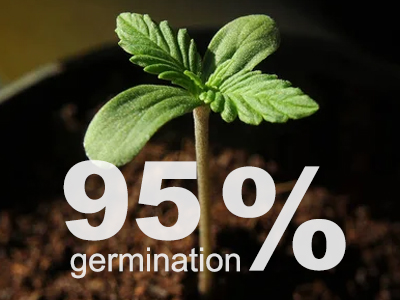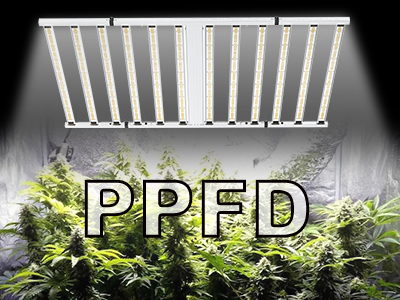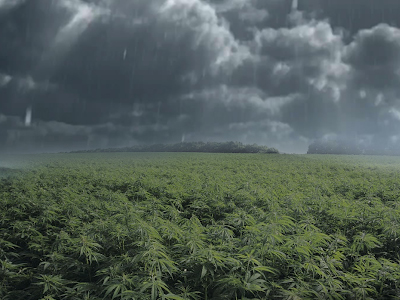Light is crucial for plant growth. Natural light is the primary source of energy for photosynthesis, growth, and flowering in plants. However, the instability and limitations of natural light often make indoor cultivation complex. In this context, grow lights have become a key tool in modern horticulture and agriculture, especially in the field of cannabis cultivation.
Relationship between Light and Plant Growth
Plants convert light energy into chemical energy through photosynthesis, promoting growth and development. Natural light sources provide a full spectrum of radiation that is vital for the overall health and growth of plants. Under the nourishment of natural light, plants absorb a broad spectrum of light, from ultraviolet to infrared, with each wavelength having its unique effects, promoting plant growth, flowering, and even influencing their aroma and color. However, the provision of natural light is not always constant and sufficient. The instability of natural light, such as seasonal changes, variable weather conditions, and geographic limitations, poses challenges for indoor cultivation. These challenges have prompted people to seek alternative solutions that free plant growth from the constraints of natural light. The emergence of grow lights not only supplements the shortcomings of natural light sources but also opens up a new path for controlling and optimizing plant growth environments.
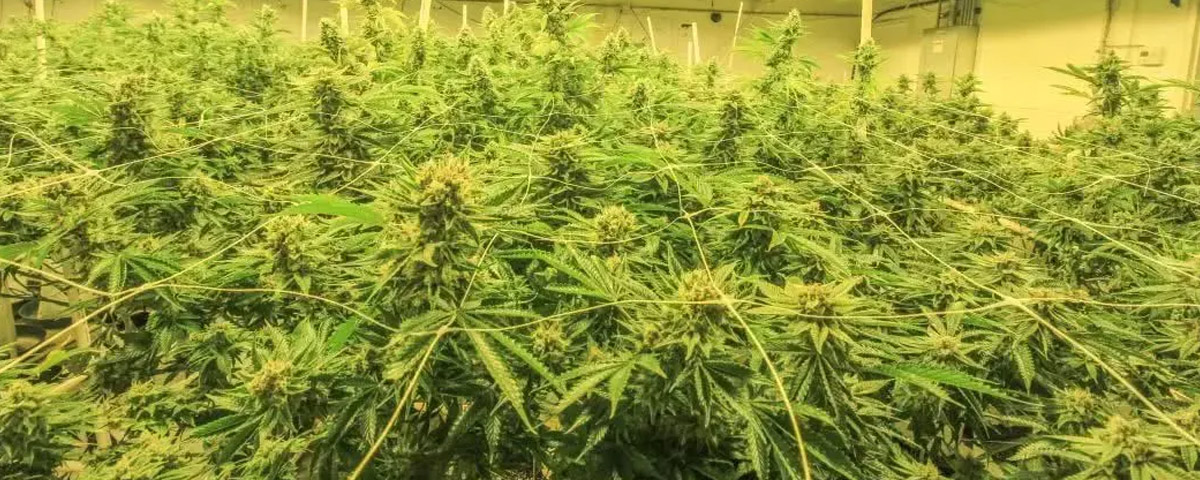
Limitations of Natural Light
Although natural light is the ideal light source for plant growth, its unpredictability and instability impose significant limitations. Plants rely on the rhythm and intensity of light, which are often influenced by seasonal variations, daylight duration, and weather conditions under natural circumstances. For example, during winter, the brief daylight hours and low levels of illumination may be insufficient to support the normal growth cycle of certain plants. Similarly, shading from buildings and window orientation in urban environments can result in inadequate natural light exposure for indoor plants. These factors limit the possibilities of indoor cultivation and make light-dependent cultivation more challenging. Therefore, finding a reliable alternative light source is particularly important for those cultivation activities that require precise light control, especially for light-sensitive plants like cannabis.
Grow Lights
The advent of grow lights has addressed many of the issues associated with relying on natural light. These lighting fixtures can provide stable and controllable light sources unaffected by external environmental factors. Modern grow lights can simulate the spectrum of natural light and even customize the spectrum according to the specific needs of plants. For example, in cannabis cultivation, there are significant differences in lighting requirements during different growth stages, and grow lights can precisely provide suitable lighting conditions to promote healthy plant growth and increase yields. Additionally, using grow lights allows for precise control of the duration and intensity of light, thereby optimizing the plant's growth environment.
Photosynthetic Efficiency: Research has shown that specific types of grow lights can enhance photosynthetic efficiency. For example, LED grow lights can increase the rate of photosynthesis at specific wavelengths (blue light: approximately within the range of 400-500 nanometers (nm); red light: approximately within the range of 600-700 nm), resulting in an average increase rate of 15-20% compared to natural light.
Growth Cycle: Indoor plants using grow lights typically have shorter growth cycles than those grown under natural light. For example, certain varieties of tomatoes and peppers can have growth cycles shortened by approximately 25% under grow lights compared to natural light.
Yield: Plants grown under controlled environments using grow lights often have higher yields. For example, leafy greens can have a 30-50% increase in yield under optimized LED lighting conditions compared to natural light conditions.
Water and Nutrient Consumption: Plants grown under grow lights can use water and nutrients more efficiently due to controlled environmental conditions. Research has shown that plants grown under grow lights have increased water use efficiency by 10-15% compared to plants grown under natural light.
Plant Quality: Under specific wavelengths of artificial light, the quality of plants, such as color, aromaand flavor, can be controlled and enhanced. For instance, certain wavelengths of light can stimulate the production of specific compounds in plants, leading to more vibrant colors or stronger flavors.
Grow light applications in cannabis cultivation
The use of grow lights is particularly significant in cannabis cultivation. Cannabis plants have strict requirements for the quality and quantity of light, especially during different stages of their lifecycle. Grow lights play a crucial role in ensuring healthy growth of cannabis plants even in the absence of natural light, as well as aiding in controlling plant growth rate and yield.
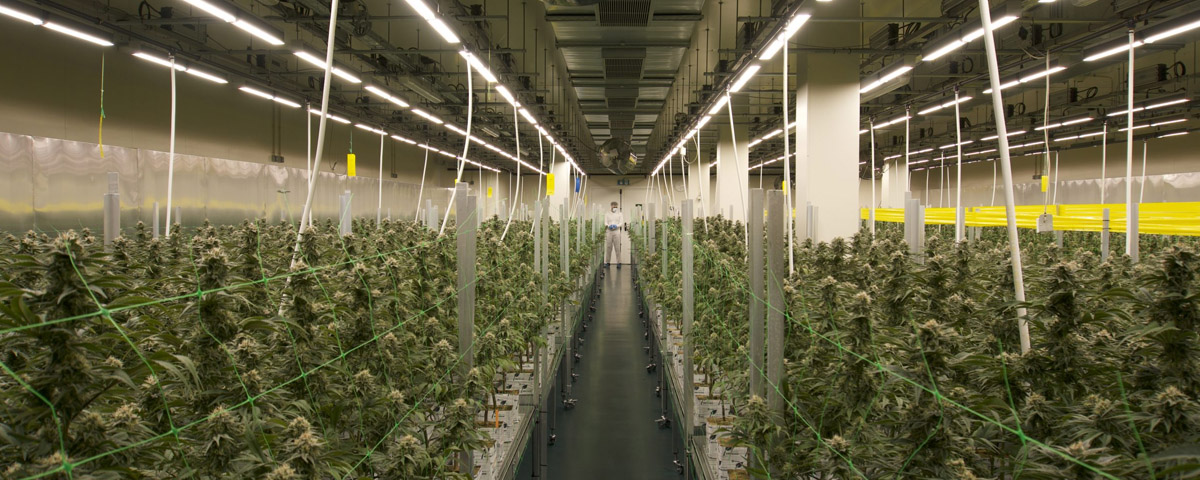
In modern cultivation, particularly in cannabis cultivation, grow lights have become an indispensable tool. By providing stable and controllable lighting, grow lights not only optimize the growth conditions for plants but also enhance flexibility and efficiency in cultivation. Both natural light and grow lights have their advantages. However, for indoor cultivation that requires precise control over lighting conditions, especially for special plants like cannabis, high-quality grow lights are undoubtedly the preferred choice. Click on the dialogue box below to get more information and professional advice on cannabis cultivation techniques to optimize your cultivation process and achieve more efficient results.





















